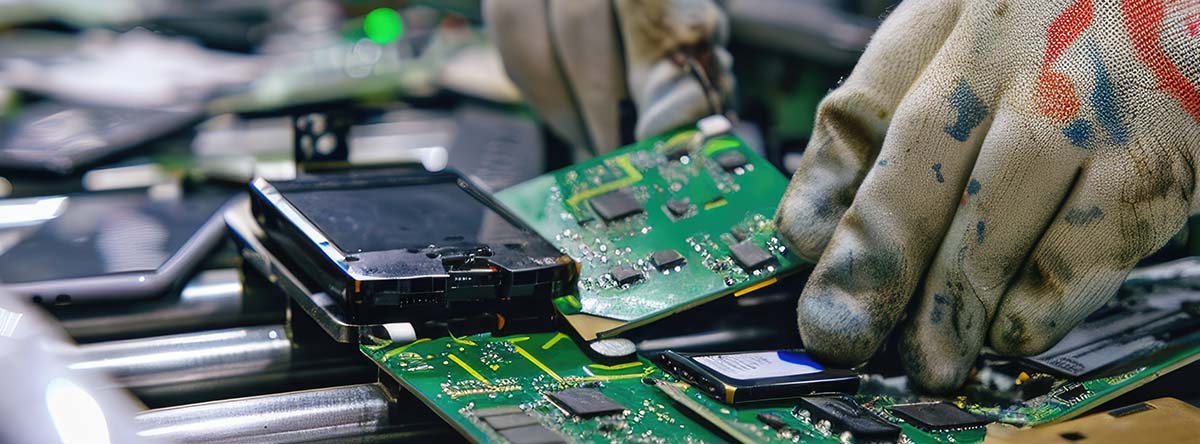From proposal to regulation
In 2020, the European Commission (EC), under the European Green Deal (EGD), endorsed a new Circular Economy Action Plan (CEAP), showing the need for circular economy initiatives to encompass the entirety of a product’s lifecycle—from concept to end-of-life (EOL) stage.
The new plan recognizes the critical role a circular economy plays in mitigating climate change, producing less waste, reducing pressure on natural resources, and empowering consumers to make more informed decisions on product purchases. This approach also aims to create sustainable economic growth, generate jobs, and achieve the EU’s 2050 climate neutrality goal.
During March 2022, the EU introduced the DPP, a mandatory disclosure rule that, as part of the EGD, requires companies to report the recyclability potential of every product they bring to the European market.
The EU reached a provisional agreement on a new regulation, the Ecodesign for Sustainable Products Regulation (ESPR), in December 2023. The ESPR aims to establish sustainable products as the standard in the EU market, while minimizing their overall environmental and climate impact.
The new rules will apply to all products on the EU market, regardless of whether they are produced inside or outside the EU. The regulation includes strict requirements on how companies manage their products. This includes a ban on destroying unsold clothing and footwear, and rules targeted at making products last longer and easier to repair.














